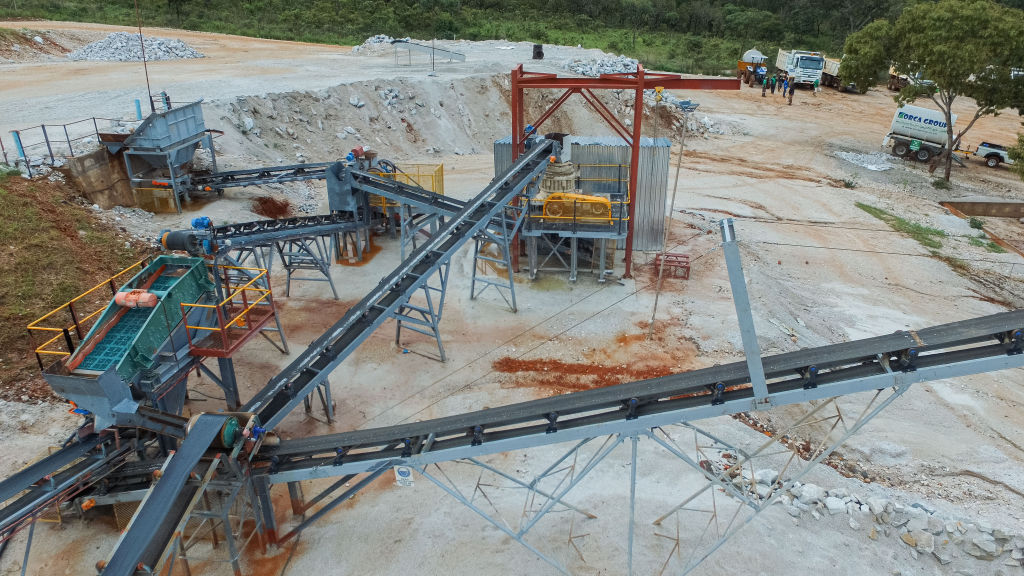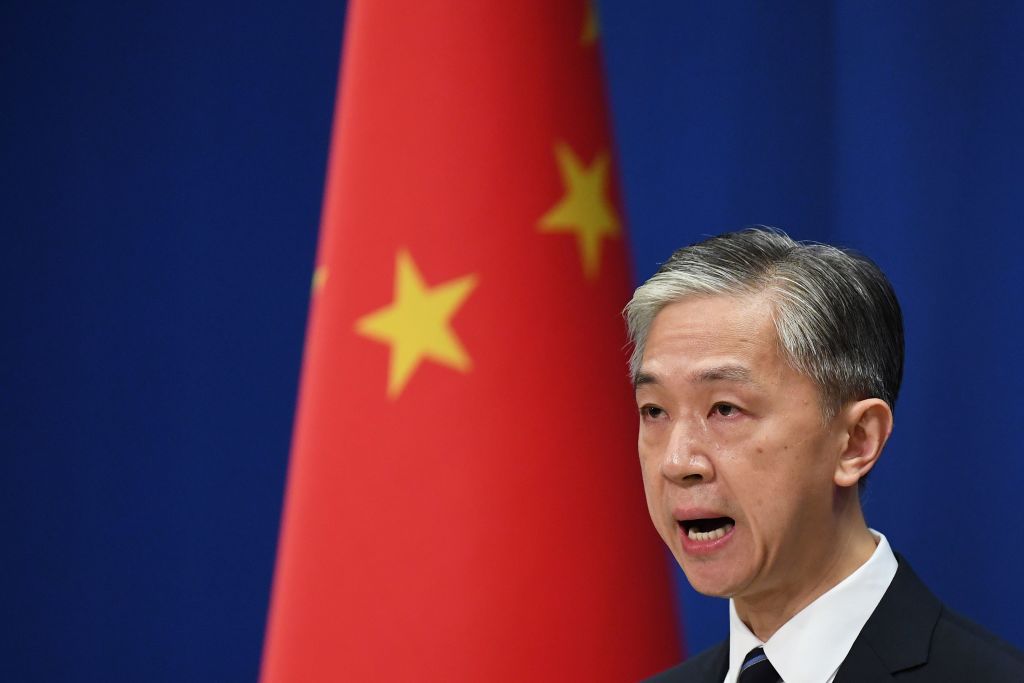(CNN Spanish) – After Senate approval, the Mexican Congress reformed and added new rules to the Mining Act aimed at nationalizing Lithium; It is a mineral mainly used in the manufacture of batteries for electric cars.
According to the published government The Federation’s Official Gazette recognizes that “Lithium is a native of the Nation, and its exploitation, exploitation, benefit, and use are reserved for the benefit of the Mexican people,” for which there are no concessions, licenses or treaties. Permits or approvals may be granted to third parties.
But what is lithium, and how is Mexico positioned against other manufacturers of this mineral?
Largest lithium makers
According to published data According to the United States Geological Survey (USGS), lithium reserves in Mexico are estimated at 1,700 tons, while the largest global reserves are in Australia and the so-called “lithium triangle”.
Four mineral processes in Australia, two saltwater processes each in Argentina and Chile, and two saltwater processes and one mineral activity in China account for the bulk of global lithium production. The 10 countries with the largest lithium reserves in the world are:
Bolivia: 21 million tons
Argentina: 19 million tons
Chilli: 9.8 million tons
Australia: 7.3 million tons
China: 5.1 million tons
Congo: 3 million tons
Canada: 2.9 million tons
Germany: 2.7 million tons
Mexico: 1.7 million tons
Czech Republic: 1.3 million tons
Lithium stagnation in Mexico
Jaime Gutierrez Núñez, president of the Mexican Mining Chamber (CAMIMEX), told CNN that if Mexico joins the global competition, “more than 25,000 direct jobs, more than 300,000 indirect jobs, generate more foreign currency for the country and generate 25,000 more pesos a year.”
However, unlike other countries such as Australia, Chile and Argentina, Mexico contains lithium in clay or sediments in sediments, which, according to Dr. Carlos Rஸ்as Alonso, a chemist at the Autonomous University of Mexico, can have an impact on the extraction environment.
“If I have clay, as in Sonora, I have to dissolve that clay in water and make a suspension and digest it with acid. It will produce thousands of cubic meters of toxins,” he said. Rias Alonso.
On the other hand, Armando Ernesto Aldore Campos, president of the College of Mine Engineers, Metallurgists and Geologists (CIMMGM) in Mexico, explained to CNN that there is only one lithium deposit currently known in Mexico that could eventually go into production.
Aldore Campos explains that what is available in Mexico is a small amount of lithium. However, the director of CIMMGM said that it would be necessary to invest hundreds of millions of dollars to find continuous work, research and research that would take 5 to 10 years and find a second deposit.
The Association of Metallurgical Mine Engineers and Geologists of Mexico, A.C. Stated in a document These “may be very large, but in order to extract lithium, it is necessary to calculate the clay to make lithium and other elements soluble in water, which implies a higher cost”.
With information from Rey Rodríguez and Carmen Aristegui



:quality(85)/cloudfront-us-east-1.images.arcpublishing.com/infobae/VWWQ37HV5ZERLPFWQKUG6JD2CQ.jpg)
:quality(85)/cloudfront-us-east-1.images.arcpublishing.com/infobae/DVLWJKBJAVKNNQUXRVYQP4UHUY.jpg)
:quality(85)/cloudfront-us-east-1.images.arcpublishing.com/infobae/FVNTXGAGFIT3KQWJH5HYR4JCOY.jpg)